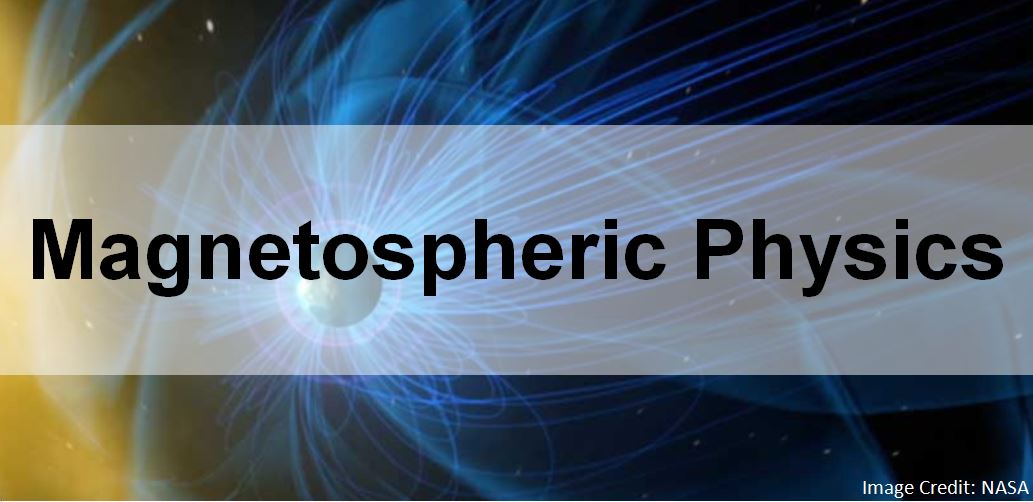Research Personnel
Assistant Professor Chuanfei Dong (AST)
 Star-Terrestrial Planet Interactions in Our Solar System and Beyond; Magnetic Reconnection and Turbulence; Wave-Particle Interaction; Physics-informed Machine Learning; High Intensity Laser-Plasma Interaction.
Star-Terrestrial Planet Interactions in Our Solar System and Beyond; Magnetic Reconnection and Turbulence; Wave-Particle Interaction; Physics-informed Machine Learning; High Intensity Laser-Plasma Interaction.
Professor Dong joined the Department of Astronomy and Center for Space Physics at Boston University as an Assistant Professor in Spring 2023. Prior to that, he was a Staff Scientist at Princeton Plasma Physics Laboratory (.gov) – a DOE National Laboratory managed by Princeton University and an Affiliated Research Scholar at the Department of Astrophysical Sciences, Princeton University.
View Assistant Professor Chuanfei Dong’s Profile Here
Associate Professor Wen Li (AST)
 Space plasma waves; Earth’s radiation belt physics; solar-wind magnetosphere coupling; energetic particle precipitation; Jovian magnetosphere and auroras
Space plasma waves; Earth’s radiation belt physics; solar-wind magnetosphere coupling; energetic particle precipitation; Jovian magnetosphere and auroras
Quantifying Energetic Particle Precipitation Driven by Magnetospheric Waves
Particle precipitation into the upper atmosphere is an important loss process in the Earth’s inner magnetosphere and the driver of pulsating and diffuse aurora. Magnetospheric waves, which play a dominant role in causing energetic electron precipitation loss, include whistler-mode chorus, plasmaspheric hiss, and ElectroMagnetic Ion Cyclotron (EMIC) waves. We study the quantitative roles of chorus, hiss, and EMIC waves in energetic electron precipitation using conjugate satellite observations (Van Allen Probes, THEMIS, POES) and modeling
Characteristics and Generation of Various Earth’s Magnetospheric Waves
Plasma waves in space play an important role in changing the energy and momentum of particles with different energy and species. We study the generation of various Earth’s magnetospheric waves including whistler-mode chorus, plasmaspheric hiss, magnetonosic waves, and electromagnetic ion cyclotron (EMIC) waves using multi-satellite observations, theory, and ray tracing.
Understanding the Relation Between Various Solar Wind Drivers and Earth’s Inner Magnetospheric Dynamics
Understanding the solar wind drivers leading to dynamical evolution of waves and particles in Earth’s magnetosphere is critical for the space weather prediction. We study the detailed relationship between various solar wind drivers (e.g., Corona Mass Ejections, High Speed Streams, and Solar wind Pressure Pulses) and wave and particle dynamics in Earth’s inner magnetosphere using unprecedented multi-satellite observations.
View Associate Professor Wen Li’s Profile Here
Research Associate Professor Toshi Nishimura (ECE)
 Aurora, Solar wind-Magnetosphere-Ionosphere Interaction, Ionosphere-Thermosphere Interaction at Earth, Optical and Radar Imaging, Space Weather
Aurora, Solar wind-Magnetosphere-Ionosphere Interaction, Ionosphere-Thermosphere Interaction at Earth, Optical and Radar Imaging, Space Weather
Toshi Nishimura’s group studies Solar wind-Magnetosphere-Ionosphere-Thermosphere interaction of the Earth using NASA’s satellites and ground-based imaging and radar observatories. The research topics include aurora, plasma and electromagnetic energy transport, magnetic reconnection, ion-neutral interaction. His group identified the sequence of events leading to substorm auroral onset, which had been a long-standing debate over 40 years in the magnetosphere-ionosphere coupling community and became a potential resolution to a long-standing debate in the substorm community. They have also investigated the cause of a certain type of aurora, called pulsating aurora. Although different wave modes had been discussed in the community, he uniquely determined by using a cross correlation method that the lower band chorus waves are the mode of waves for driving pulsating aurora. This discovery has been published in the journal Science and highlighted by news media. Other recent highlights include auroral responses to the solar wind, magnetic reconnection dynamics, plasma flow-neutral wind interaction, and polar cap dynamics.
View Research Associate Professor Toshi Nishimura’s Profile Here
Professor Meers Oppenheim (AST)
 Computational and theoretical space plasma physics; dymanics of the E-region ionosphere; particle-wave interactions in the auroral ionosphere and magnetosphere; physics and observations of meteoroids and meteor plasmas
Computational and theoretical space plasma physics; dymanics of the E-region ionosphere; particle-wave interactions in the auroral ionosphere and magnetosphere; physics and observations of meteoroids and meteor plasmas
Professor Oppenheim studies space plasma physics using supercomputer simulations, theory, and data. He works on a range of topics, including ionospheric and solar collisional plasmas, particle-wave interactions, and the physics of meteor trails. In 2016, he has been working to incorporate the important effects of ionospheric turbulence into planetary scale simulations of the coupled magnetosphere, ionosphere and atmosphere. He has also been trying to model wave heating of the solar chromosphere. Most recently, he has also been working on understanding the effects of UV photoelectrons on the ionosphere and their observational consequences. Improving our understanding of these systems enables us to better characterize energy flows in the upper atmosphere.
View Professor Meers Oppenheim’s Profile Here
Associate Professor Brian Walsh (ME)
 Space Plasmas, magnetic reconnection, X-ray imaging, cubesats, spacecraft instrumentation, and space technology
Space Plasmas, magnetic reconnection, X-ray imaging, cubesats, spacecraft instrumentation, and space technology
Our group conducts research in experimental space physics and space technology. The underlying goal of the group is to understand the transfer of mass, momentum, and energy from the sun into the Earth’s space environment. We’re particularly interested in coupling of energy through the Earth’s magnetic boundary or the magnetopause.
The research is conducted primarily through space-based sensors, some on large NASA and ESA missions, and some on small satellites developed in-house at BU. Our group is involved in building different sensors including tools for soft x-ray imaging as well as other compact and low resource devices. In addition to sensors, we develop small satellites and small spacecraft technologies, enabling advanced measurements in new areas of space.
Check out some of the work done by Associate Professor Walsh’s Research Group here.
